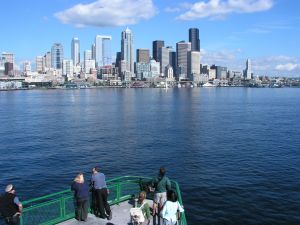206.624.8844
New Coast Guard Requirements for Small Commercial Fishing Vessels to Carry Life Rafts Postponed, For Now.
Congress has postponed new regulations that would require fishing vessels under 36 feet to carry inflatable life rafts when going more than three miles offshore to the fishing grounds. President Obama signed the Coast Guard Authorization Act of 2015 on February 8, 2016 and it now calls for a formal rule making process before any new regulations will go into effect. It is anticipated that the rule making process may take a year or more to complete, including a public comment period, a review period, and then codification of the final rules. For now, smaller fishing boats may still operate out to 12 miles from shore without a survival raft and larger boats can operate out to 12 miles with a buoyant device or life float.
Despite the delay in the regulations, we are hopeful that the new regulations will eventually go into place to safeguard the lives of fishermen working on smaller boats. Life rafts cost approximately $2,500 but are critical equipment in the event that the fishing vessel begins to sink. Heavy weather and wave conditions on the Pacific Coast make smaller vessels vulnerable to sinking and capsizing. It takes longer for the U.S. Coast Guard to reach fishing vessels that are sinking more than three miles offshore and life rafts will provide extra safety for crews waiting for Coast Guard rescues.
 Seattle Maritime Injury Lawyer Blog
Seattle Maritime Injury Lawyer Blog











